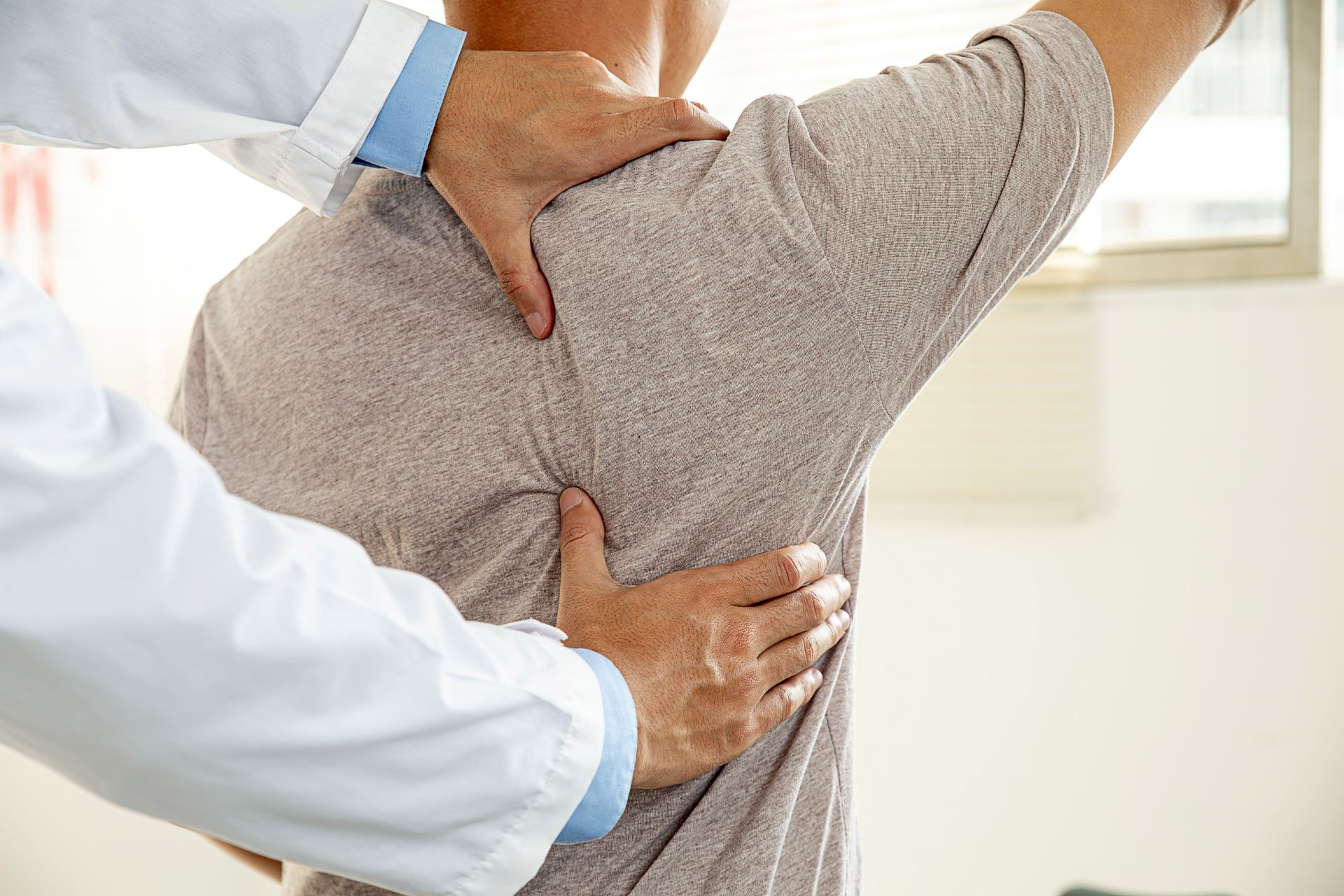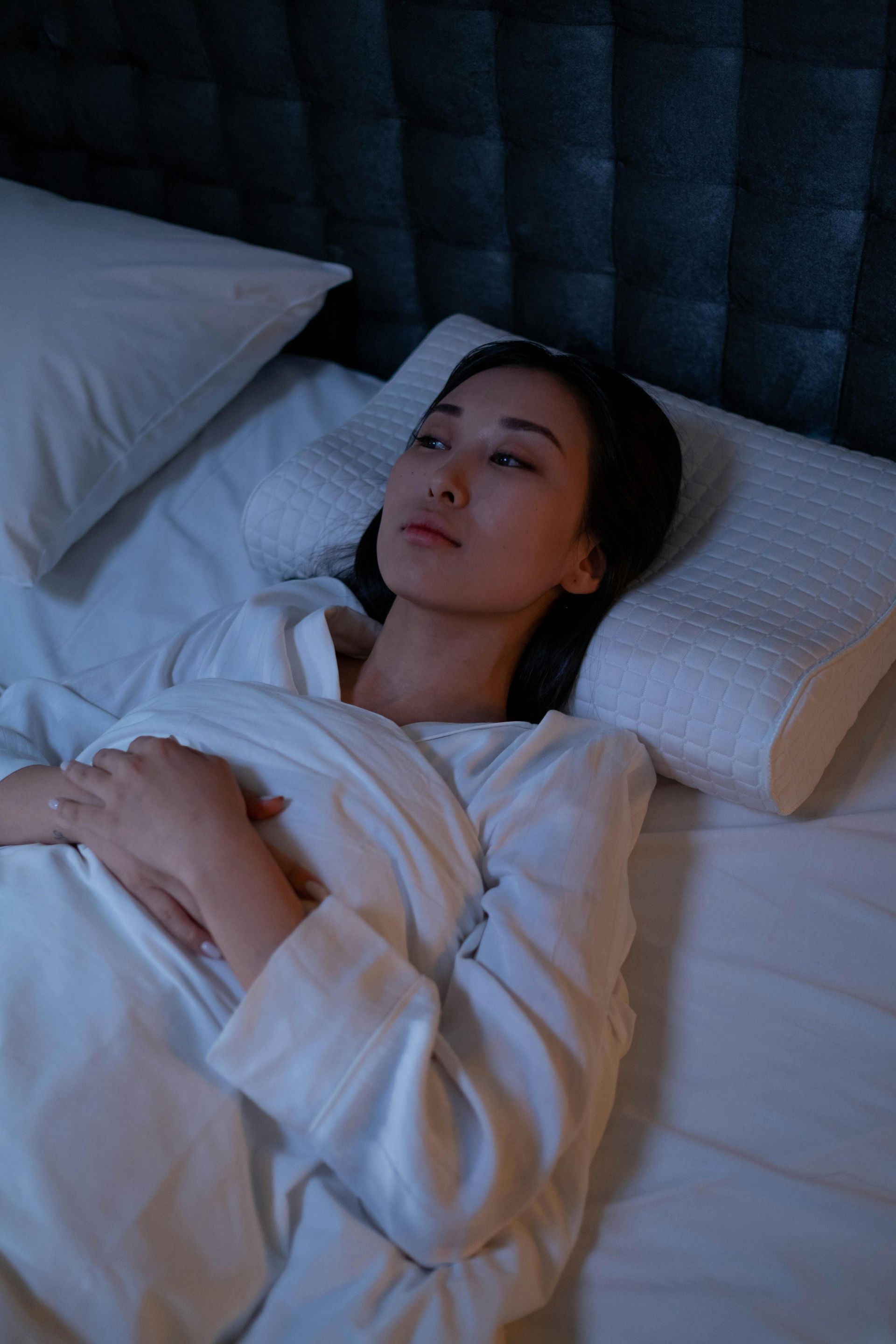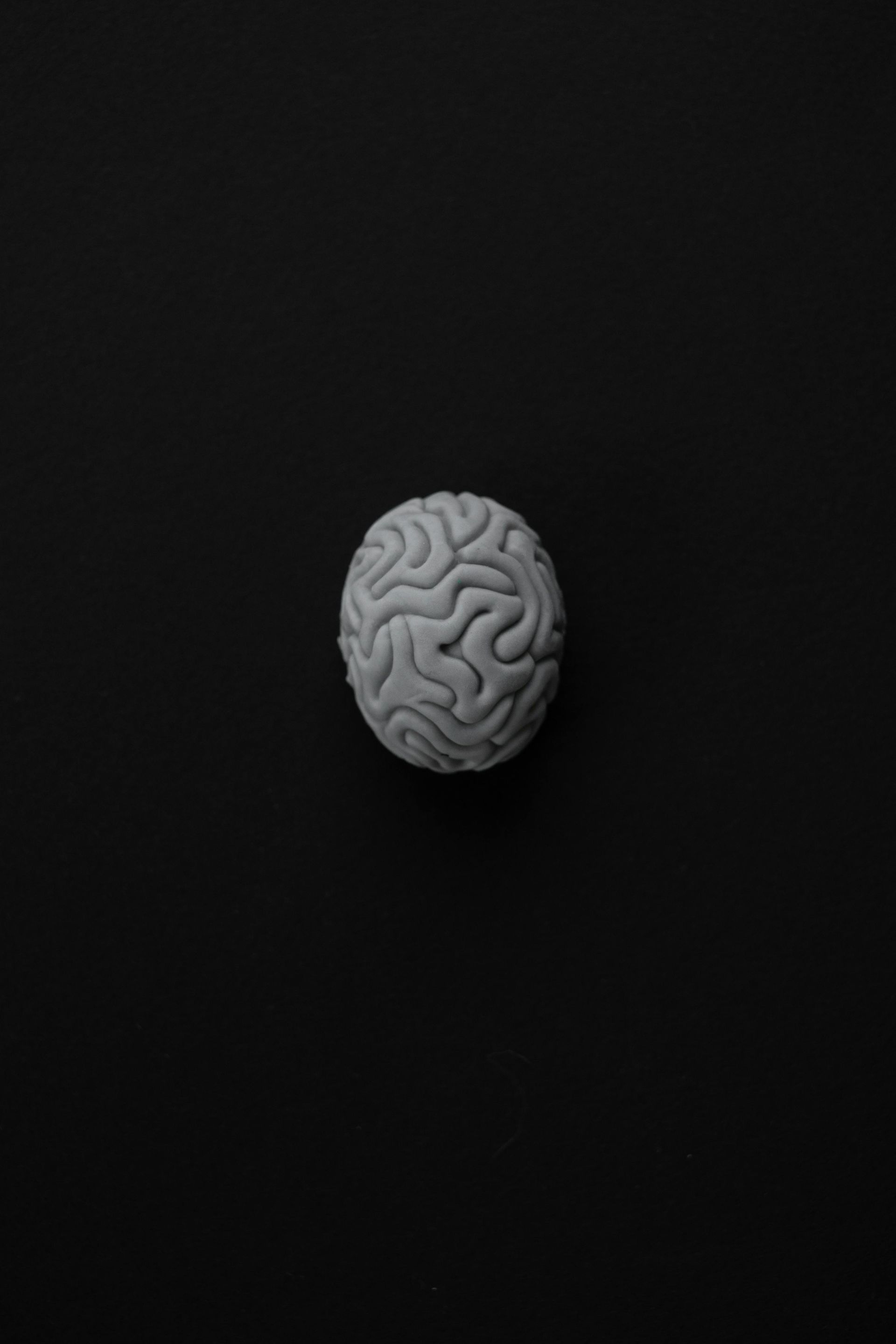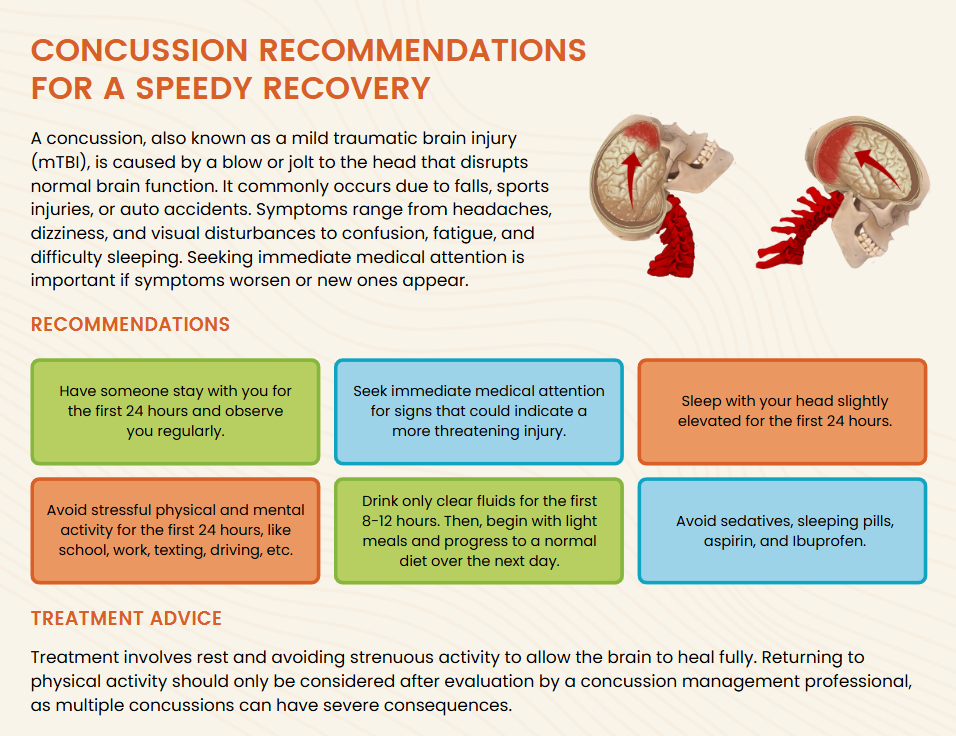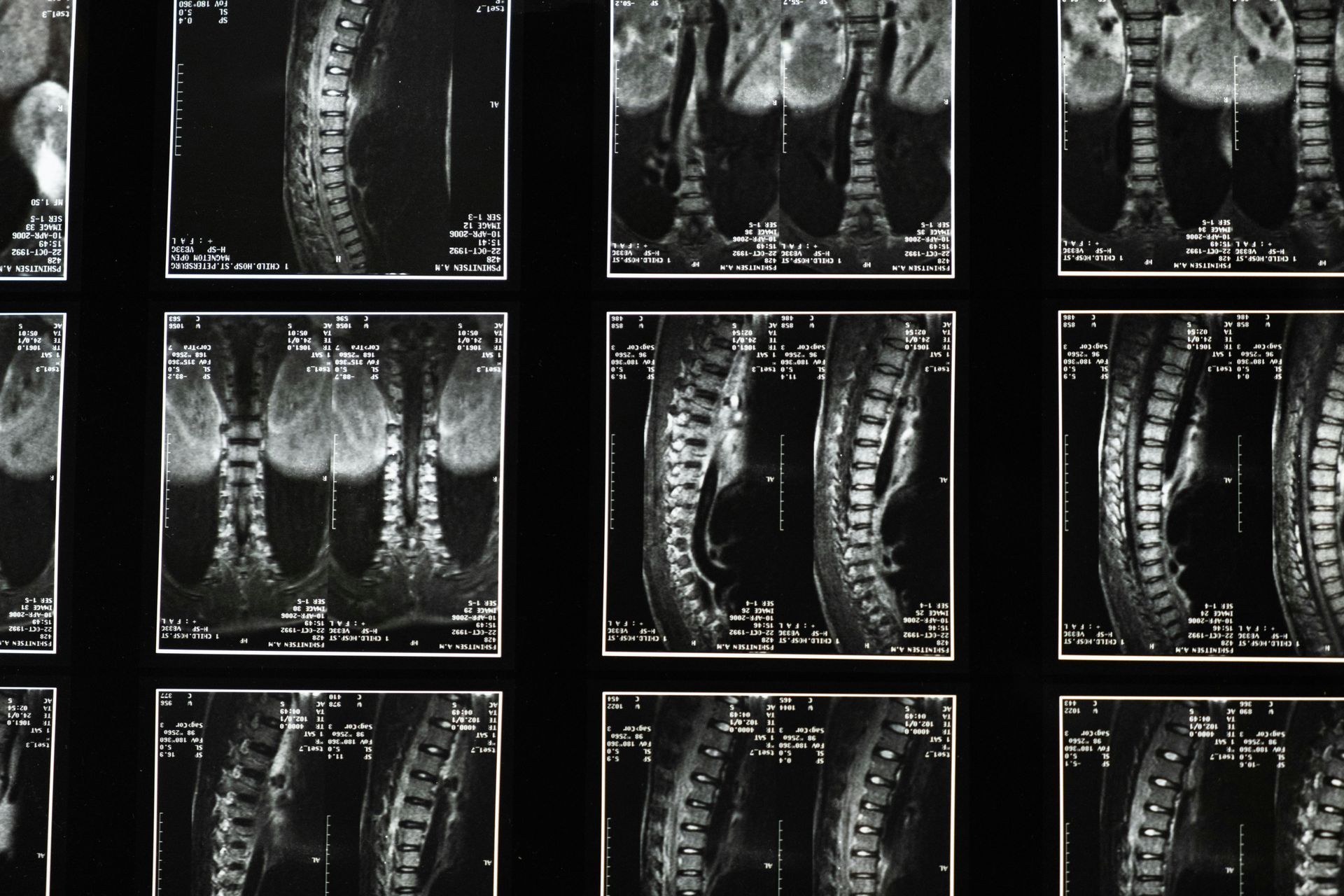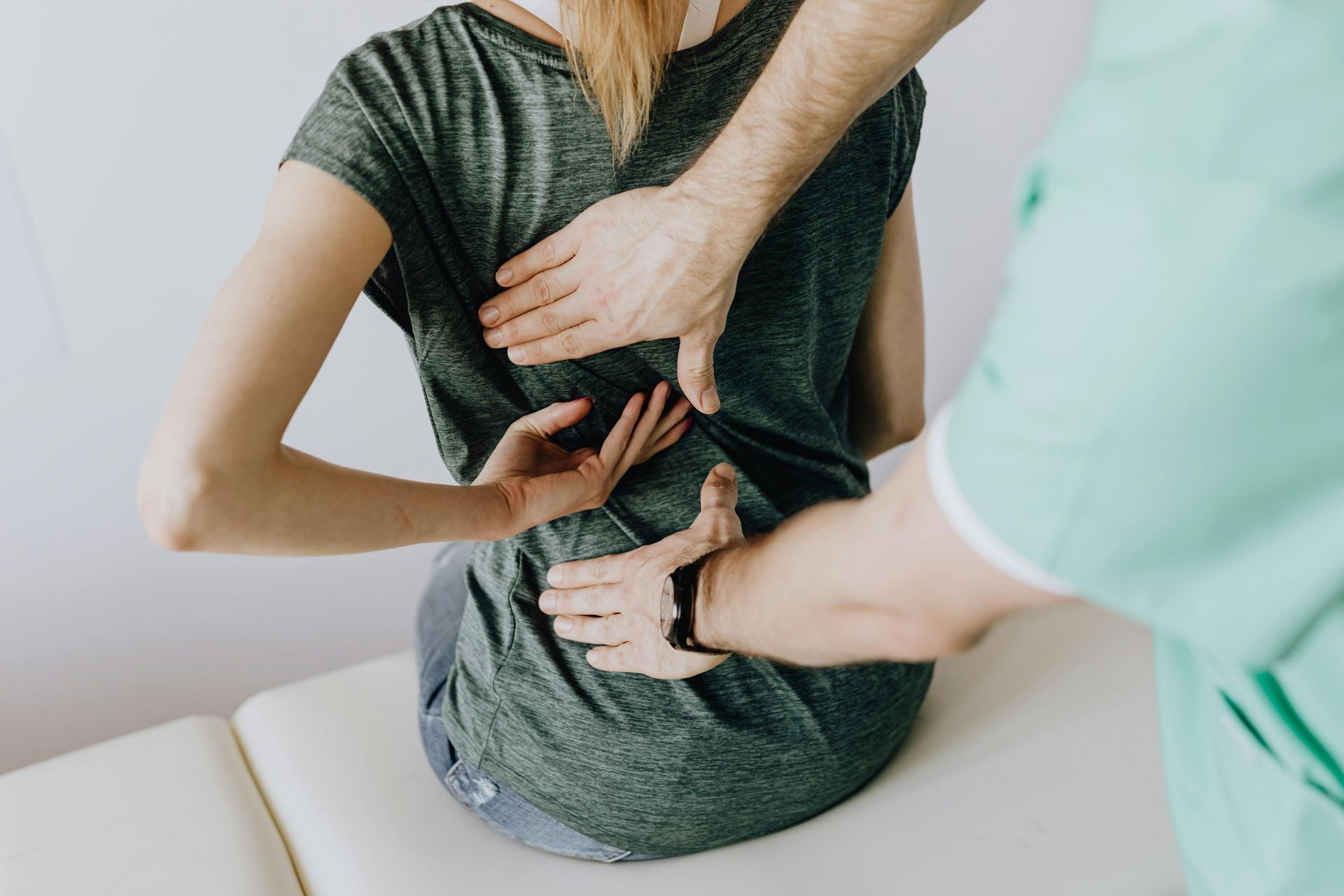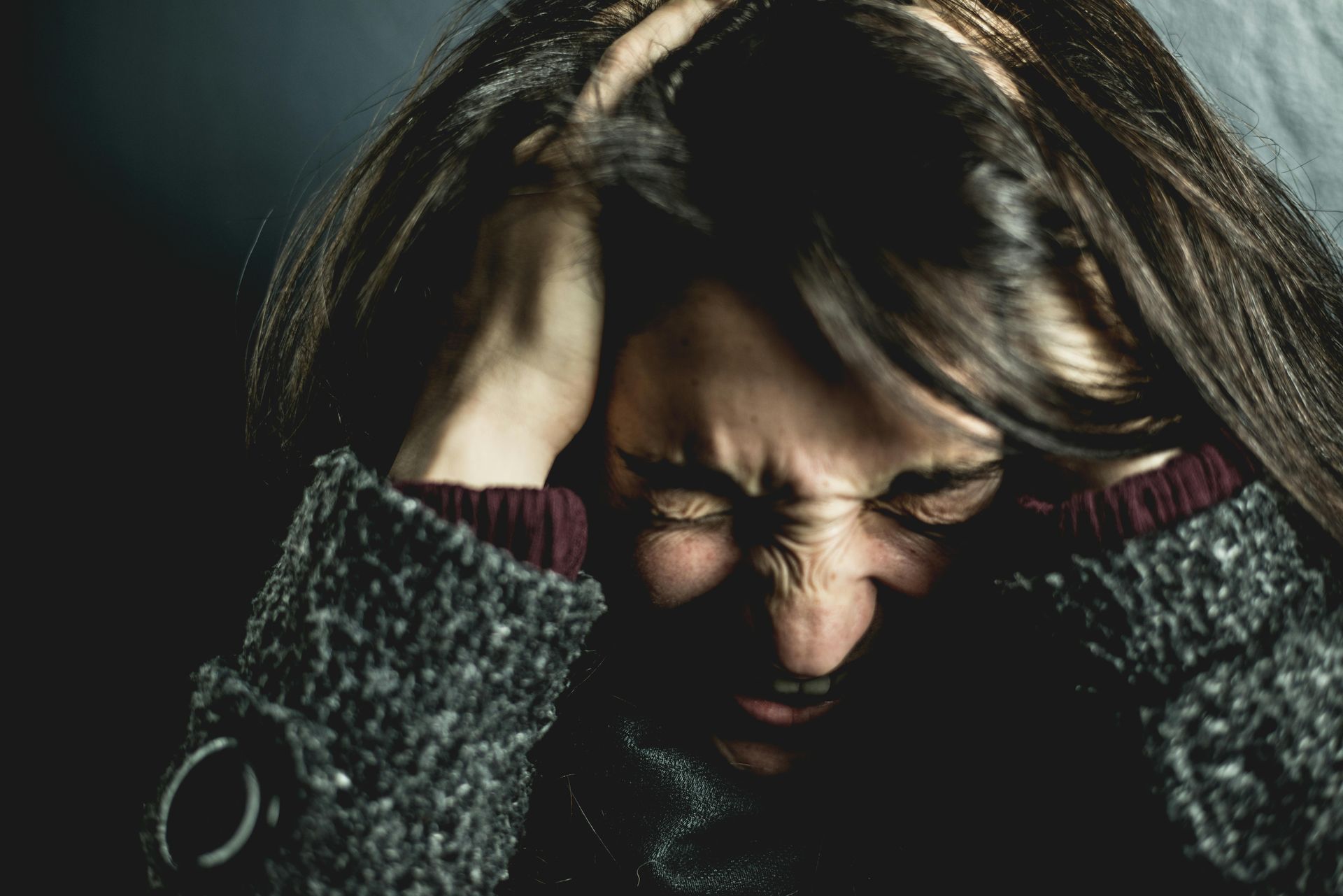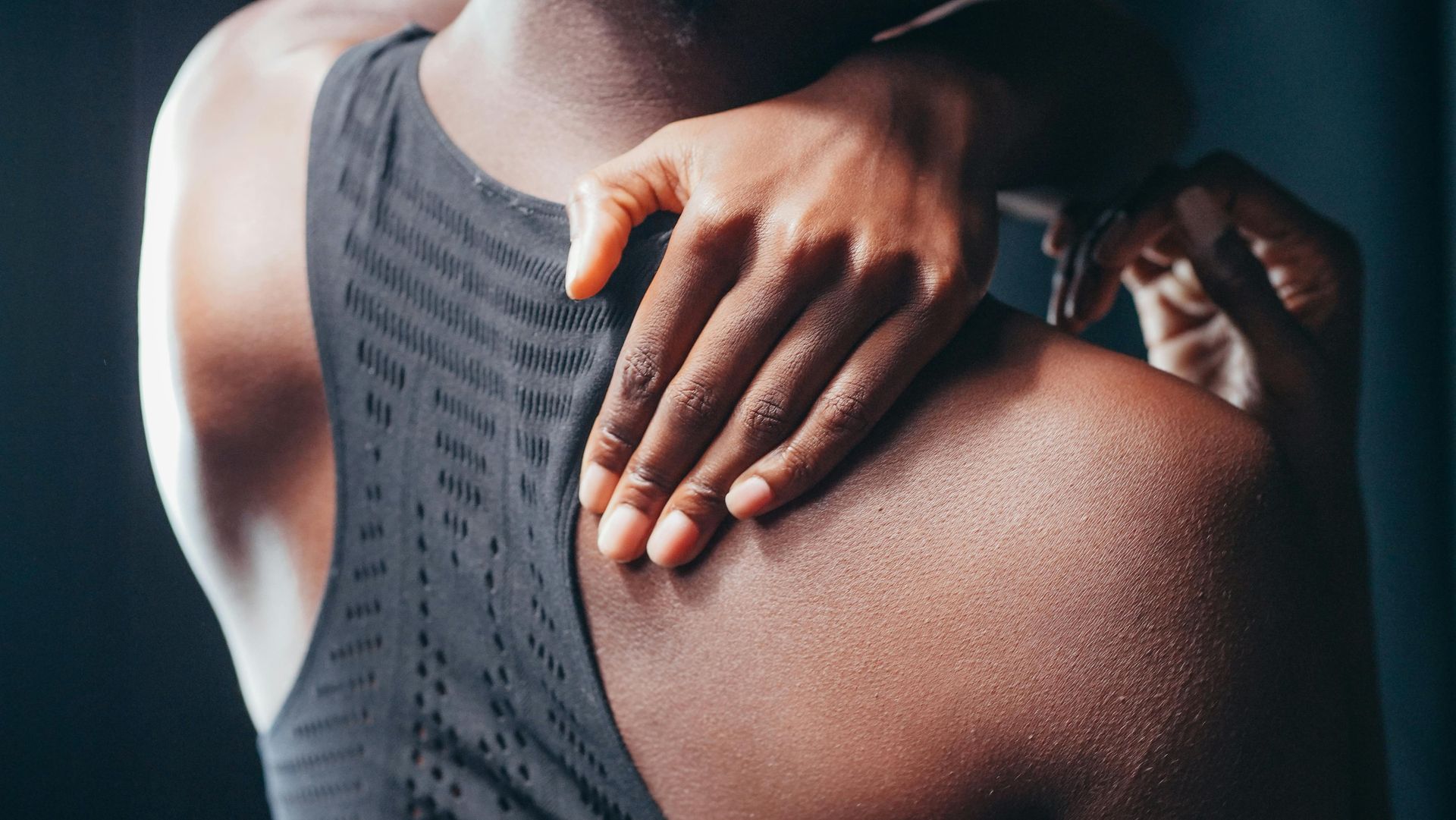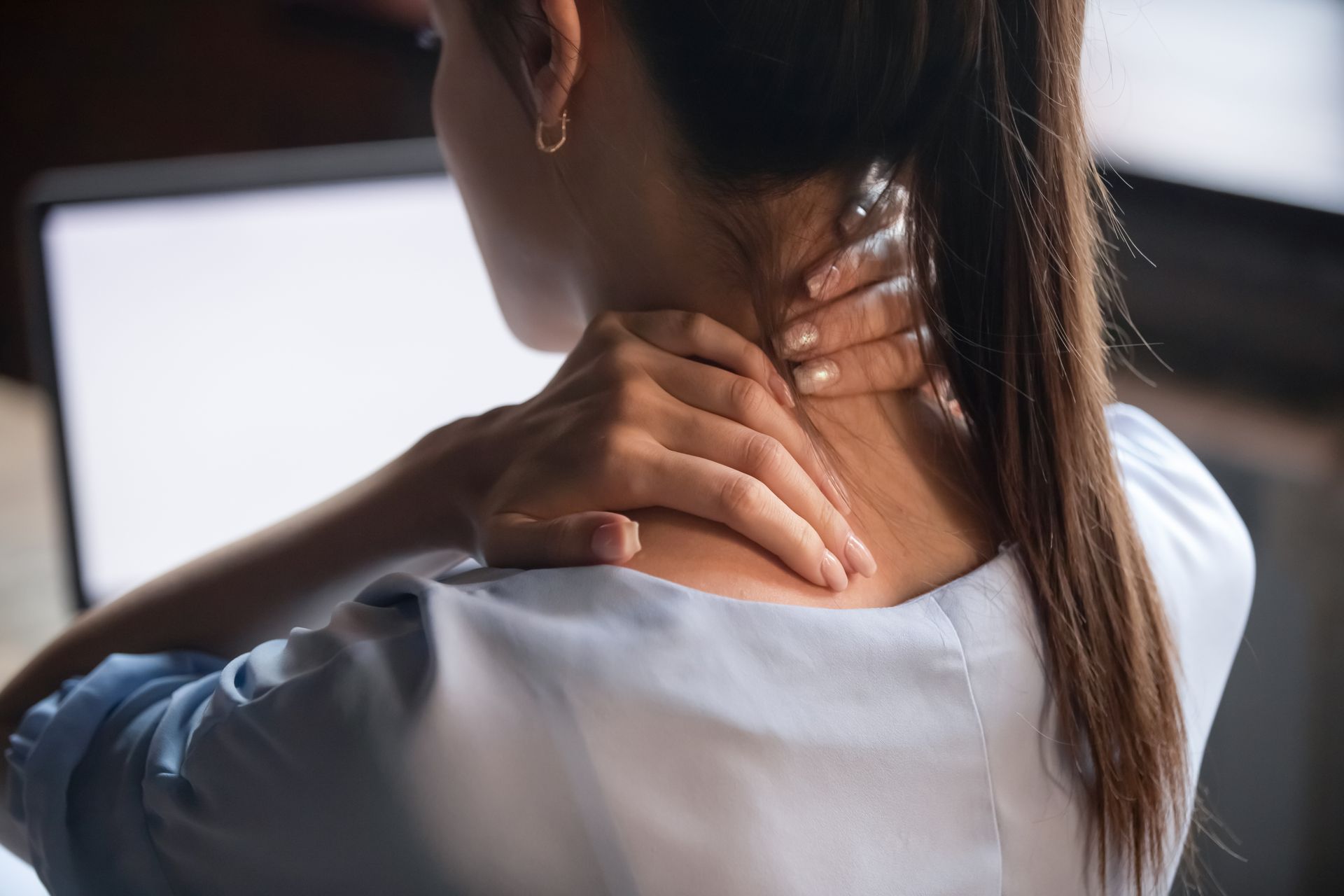Increase Your Concentration and Immune Function

Increase Your Concentration and Immune Function
Karishma Patel, DC
Your body will age quicker when there is a lack of physical activity. Staying inactive accelerates the loss of muscle tissue, a process called atrophy, leading to weakness, increased risks of injury, and reduced coordination. Lack of exercise also ages your brain by contributing to memory loss and brain fog.
Most researchers say you need just 30 minutes exercise or vigorous movement a day to reap the benefits of:
increased bone density, increased immune function, a firmer body, and increased energy. Here are two of most important body functions exercises helps:
Concentration and Focus - Do you want to be more productive? Less fatigued? More capable of accomplishing tasks through each day? When Bill Gates was asked, “What factor do you feel has been the most important in getting to where you’ve gotten in life?” His response to was: “FOCUS.” Exercise increases circulation of blood and oxygen to deeper parts of the brain where executive decision-making processes occur allowing for better concentration and focus. High Intensity Interval Training, Endurance Training, or any activity that increases your heart rate over 150bpm for over 10-20 minutes for 4 days/week will allow you to tap into more productivity and less fatigue.
Immune Function – Moderate daily exercise supports your body’s production of antibodies and white blood cells which also fights off viruses and other pathogens more efficiently, significantly boosting your immune response and ability to fight disease. Exercise also helps flush out stagnant fluid/inflammation in and around organs, muscles, and joints; more importantly exercise cleanses the blood. Older red blood cells are flushed out by the kidney so that the liver and spleen can make more red blood cells. Red blood cells have a lifetime of 26 days, therefore every 26 days your body needs to produce new red blood cells. If older/dead red blood cells cannot be flushed out then your immune function tanks putting you at more risk for diseases and infections. Exercise is the natural blood cleanser prompting the immune system to be able to do its job of fighting any intruders.

